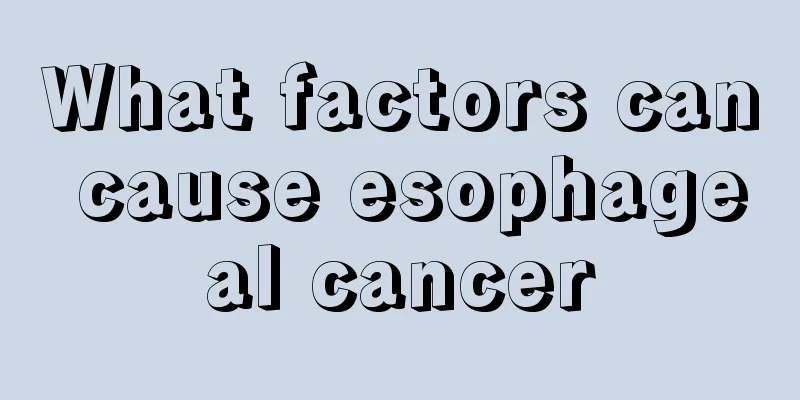Can advanced liver cancer be cured? How to treat advanced liver cancer?

|
When liver cancer is in the late stage, there will be targeted treatment, which also needs to be measured according to the condition and the patient's body. Patients with late-stage liver cancer should actively receive treatment. If they give up early, there will be no chance of cure. Only by persistence can they win. 1. Radiation therapy In recent years, with the progress of research in radiation physics and radiation physiology, radiotherapy equipment has been developed, using cobalt 60 gamma rays or X-rays and high-energy rays from electron linear accelerators, and the irradiation methods and ranges for liver cancer have also been improved. From the original whole liver irradiation-local irradiation-whole liver mobile radiotherapy-surgical positioning local irradiation and hyperfractionated irradiation, the radiotherapy effect of liver cancer has been significantly improved, and the side effects have been reduced to the lowest level. It mainly includes external radiotherapy and internal radiotherapy. 2. Chemotherapy 95% of liver cancer patients have lost the chance of surgery when diagnosed, and most liver cancer patients still rely on chemotherapy. In the past, chemotherapy for liver cancer was not highly evaluated, especially the systemic administration had little effect. In recent years, the administration route of chemotherapy has been changed, and hepatic artery chemotherapy and embolization have been performed, which has significantly improved the chemotherapy effect of liver cancer. It is currently believed that intubation chemotherapy is better than systemic combined chemotherapy, and combined chemotherapy is better than single-drug chemotherapy. Hepatic artery intubation chemotherapy is considered to be the best treatment for patients with liver cancer who are not suitable for surgery. 3. Interventional radiology The interventional radiology technique of percutaneous superselective hepatic arterial infusion chemotherapy and embolization, which emerged in the 1980s and has developed rapidly, plays a vital role. Whether it is the treatment of early localized liver cancer or mid-to-late stage liver cancer, this interventional radiology technique is a decisive treatment method and is indispensable. |
<<: Lung cancer dietary taboos What are the symptoms and dietary matters of lung cancer
Recommend
Eye care must be done well!
Eyes are organs that people use to perceive objec...
What to do if the nose swells after radiotherapy for nasopharyngeal carcinoma
What should I do if my nose becomes swollen after...
What are the symptoms of lymph nodes
With the transition from spring to summer, people...
Why do sebaceous cysts occur
Many people do not understand why sebaceous cysts...
What are the commonly used quick-acting cough syrups
When coughing, most people will choose cough supp...
What is causing the stinging pain around the anus?
The reason for stinging pain around the anus is: ...
What causes a slow heart rate?
Patients with bradycardia usually have physiologi...
Not drinking water at this time will shorten your life
People cannot live without water, but they never ...
How many days does it take to have a reaction after sex
Many friends do not understand when the body will...
Is it poisonous to put Euphorbia obesa flowers in the bedroom?
If you put a few beautiful potted plants at home,...
Spinal cord injury classification method
The levels of spinal cord injury are divided into...
How to wash off yellow spots on clothes
If you wear the same clothes for a long time, yel...
How much does chemotherapy for children with lung cancer cost
How much does chemotherapy for children's lun...
Is it okay to wash your face with an electric face washer
We have the habit of washing our face and brushin...
People with lymphoma may experience irregular fever
If you suffer from lymphoma, you may experience i...









